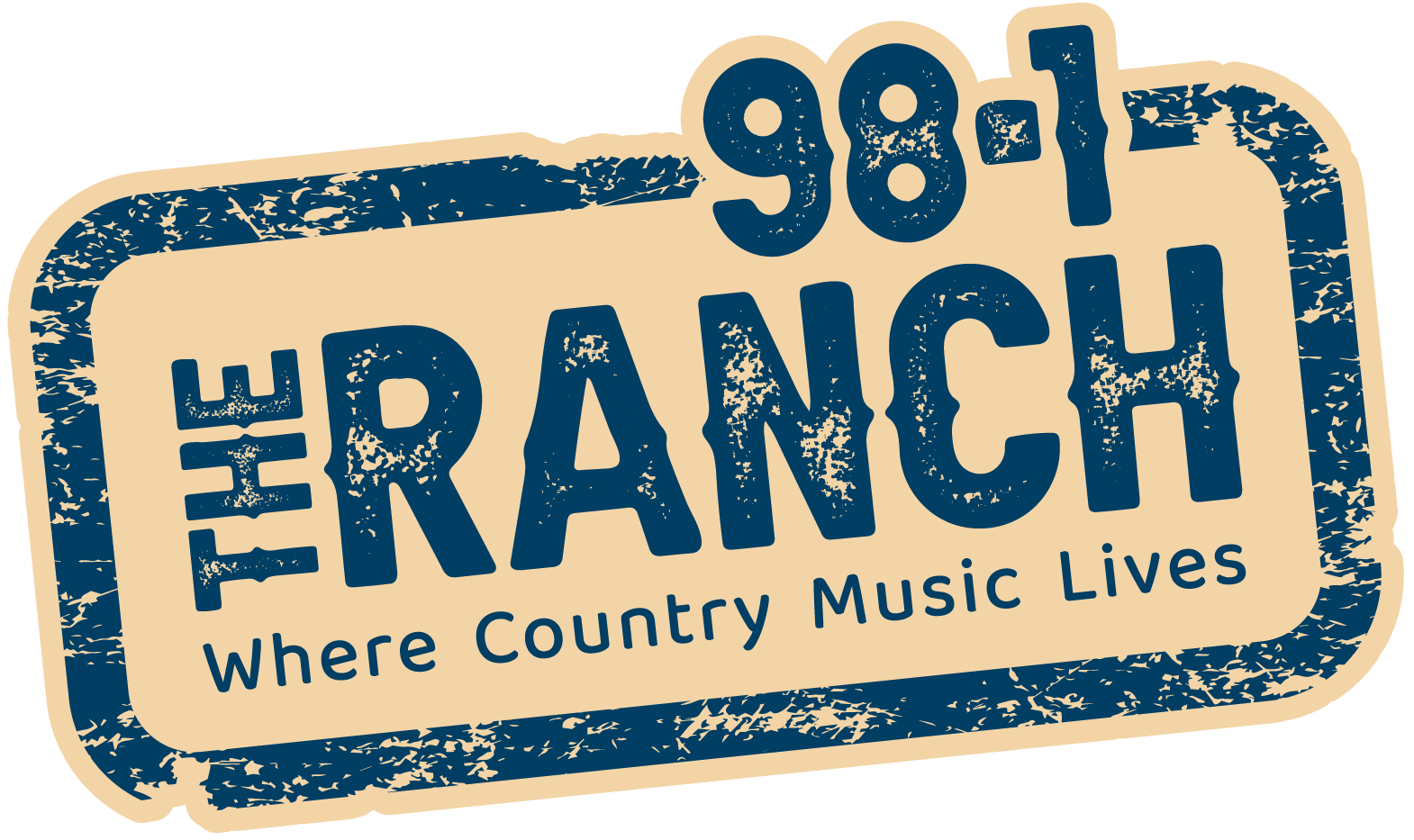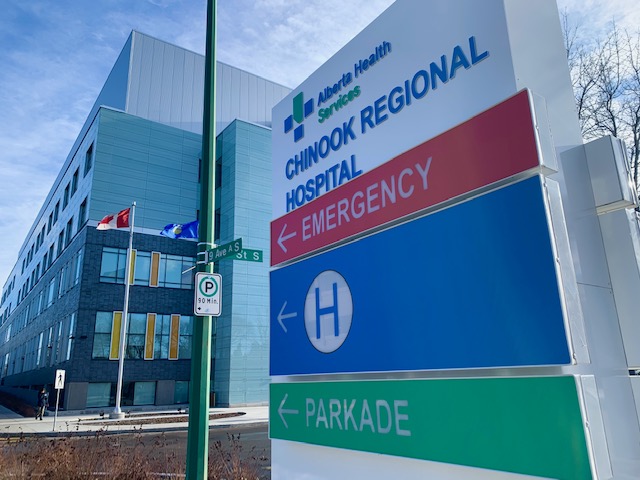Indigenous healing gardens will become a new fixture at Alberta Health Services (AHS) south zone facilities. The new gardens will include sage, sweetgrass, saskatoon bushes and wild mint that can be used for ceremony, consumption and education.
“Staff, along with help from volunteer resources and other partners, will work to establish their welcoming healing gardens focused on Indigenous health and healing. The garden space they create will be unique to each site, but the end result will be plants that are usable for years to come,” reads a news release from AHS. “The garden space provides a peaceful place for staff, patients and visitors to go for a source of spiritual renewal.”
Facilities have already received kits to start the gardens thanks to help from partners such as the Chinook Regional Hospital Foundation. Some sites already have outdoor spaces for planters, while others will need to develop a more permanent space over time. AHS says site managers will work with staff, patients, Indigenous liaisons and physicians to design their healing gardens.
William Singer, (Api’soomaahka, or Running Coyote), Blackfoot creator of the Naapi’s Garden and Katoyiss Seed Bank projects, is a renowned authority on traditional plants and the source of knowledge for the project.
He says sweetgrass is used in smudge, as an energy food and to treat cough, cold and fever. Mint can be made into tea for comfort and can treat upset stomachs and sore throats. Sage leaves can be chewed to help with sore throats. Saskatoons are traditionally used as food, medicine and tools by Blackfoot people.




